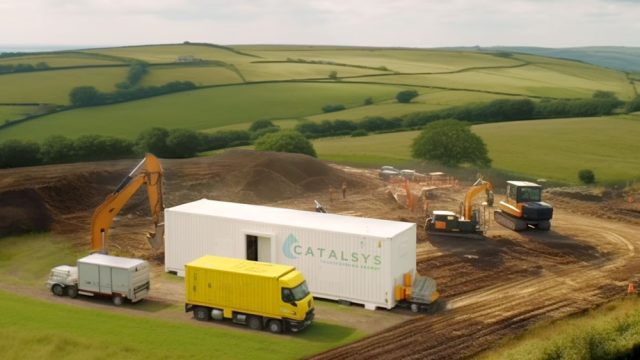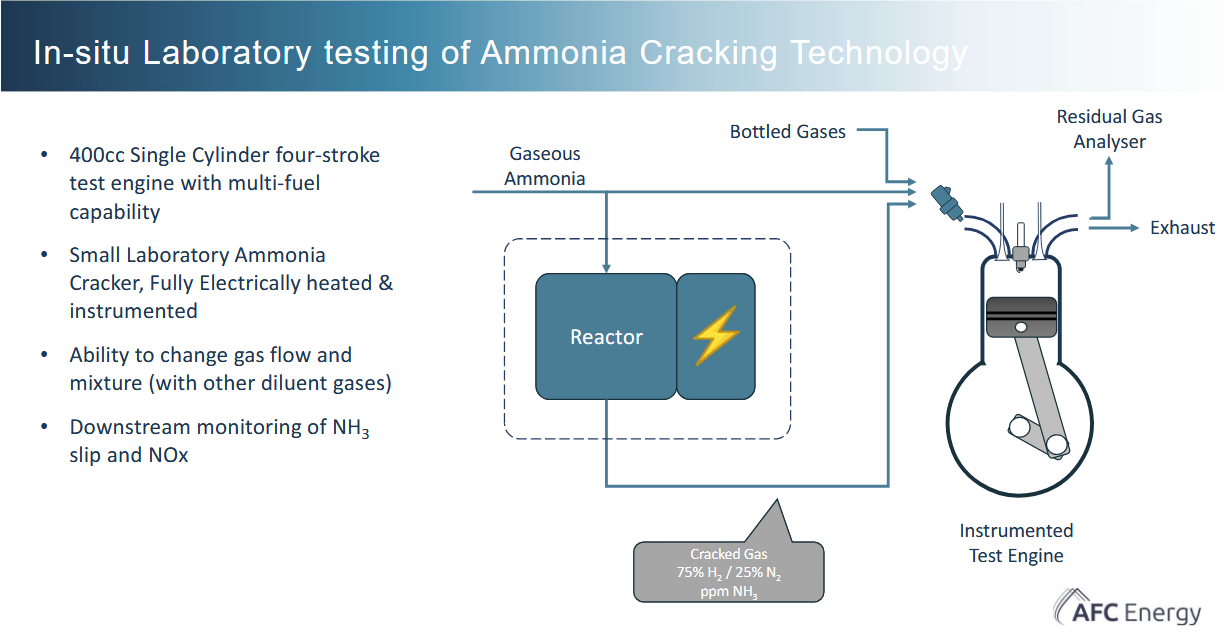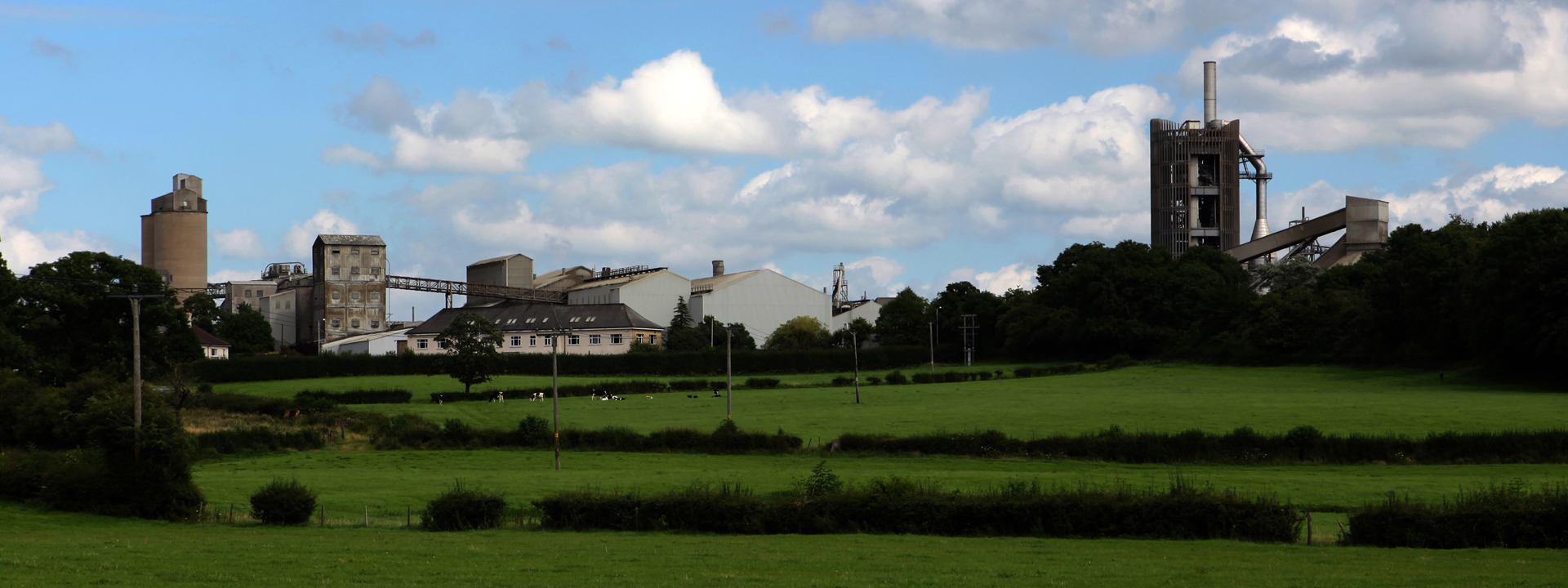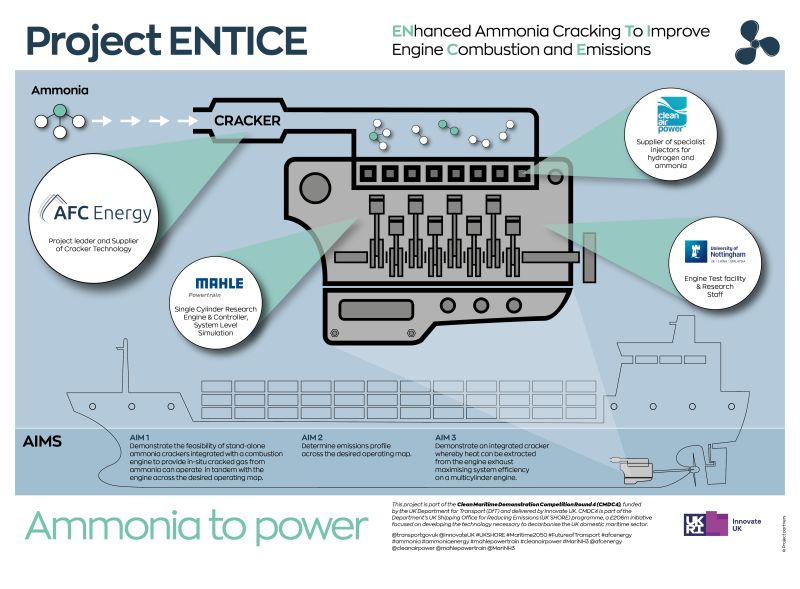Ammonia-Hydrogen Dual Fuel
Ammonigy & Juwö Poroton: cracked ammonia fuel for brick production in Germany
Meet Ammonigy and Juwö Poroton, leaders of a development consortium which has successfully demonstrated a pilot brick kiln that runs on cracked ammonia fuel gas. Explore results from demo operations, and the pathway forward to establishing a market for the new decarbonized product.
First Ammonia Motors: ammonia-fed engine demonstration in North Carolina
First Ammonia Motors has successfully demonstrated a pure ammonia-fed V8 engine, which utilises proprietary onboard heat recycling and ammonia cracking technology to generate hydrogen as a combustion co-fuel.
Ammonigy, Heraeus: successful four-stroke engine demonstration
Ammonigy, Heraeus Precious Metals and the Technical University of Darmstadt have partnered to demonstrate operations using cracked ammonia fuel in a four-stroke MAN test engine. The performance and efficiency of the test engine when running on ammonia-hydrogen fuel was comparable to natural gas operations, and use of an exhaust aftertreatment system reduced potentially harmful nitrogen-based emissions to near-zero levels.
Cracked ammonia: fuel gas for brick production in Germany
Ammonia cracking tech provider Ammonigy and leading German brick manufacturer Juwö Poroton led the project, successfully demonstrating a pilot-sized brick kiln that runs on cracked ammonia fuel gas. The cracked ammonia-fired bricks were virtually “indistinguishable from bricks fired with natural gas”.
SkiesFifty, Catalsys to collaborate on ammonia power for aviation
Aviation investor SkiesFifty has announced a new partnership with UK-based Catalsys to develop ammonia-based power systems. The pair will focus on deployment in two areas: ground operations for aviation, and aircraft propulsion systems.
R&D recap: the Journal of Ammonia Energy
Ahead of the 3rd Symposium on Ammonia Energy in Shanghai next month, we take the opportunity to highlight select papers and key results from the first two editions, starting with the 2022 Cardiff event:
- In an ammonia-diesel blending study, Orleans University and WinGD found that minimising the diesel fraction actually led to increased N2O emissions.
- In a bid to produce an optimal ammonia-hydrogen fuel blend, a University of Birmingham team characterised the ammonia cracking mechanism of a new, transition metal-promoted lithium amide catalyst.
- A KAUST study of swirl intensity of an ammonia-methane blended fuel finds that increasing the swirl number leads to a more compact flame, reducing NOX emissions.
- A team from the University of Minnesota found that combustion durations comparable to gasoline were obtained for ammonia-hydrogen fuel blends.
- And, as part of a joint academic-industry session on safety, it was recommended that a careful, proactive approach is taken towards new ammonia users, likely exposure risk points and deploying maritime ammonia fuel.
Onboard cracking, fuel storage and adhering to emissions standards: highlights from the MariNH3 conference
At last month’s MariNH3 conference in Nottingham, a series of keynotes laid out the opportunities and challenges ahead for marine ammonia fuel. Onboard ammonia cracking technologies are moving through testing phases and closer to commercialisation, vessel designers are working through the unique challenges of carrying ammonia fuel onboard, and emissions mitigation technology (in combination with adherence to existing Tier 3 standards) will be necessary to ensure that ammonia-powered vessels are more environmentally-friendly than conventional counterparts.
Heidelberg Materials: ammonia cracking for cement production
Heidelberg Materials and partners will conduct a feasibility study on the use of ammonia as a hydrogen carrier for cement production. In the trials, a cracked ammonia fuel mix will power cement clinker production at Heidelberg’s Ribblesdale site in the UK.
Marine ammonia combustion engines under development in the UK
AFC Energy, MAHLE, the University of Nottingham and Clean Air Power have been awarded funding from Innovate UK to demonstrate the feasibility of ammonia combustion engines in the marine sector, based on the integration of AFC Energy’s ammonia cracking technology. The new program builds on a prior R&D program exploring ammonia combustion engines for the off-road construction industry.








